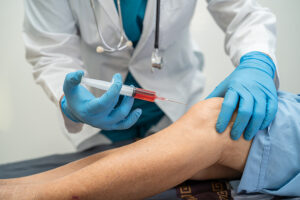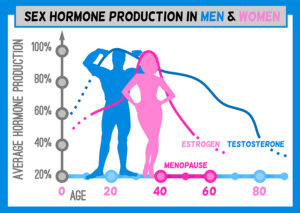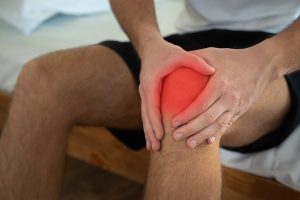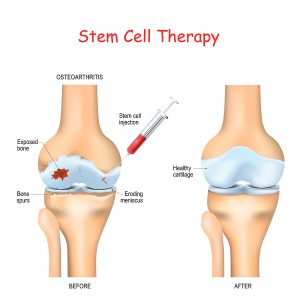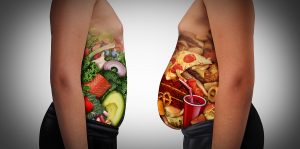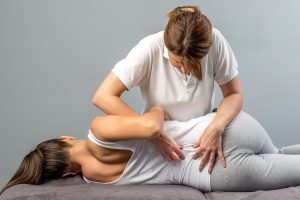Recently CNN published an article that stated that poetry helps anxiety and depression. Notably, poetry helps to cope with loss, fear, a marital break-up and helps during loneliness like a quarantine for Covid-19. Certainly, it is because of this that two authors, David Haosen Xiang and Alisha Moon Yi wrote this 2020 review about poetry’s healing power throughout the pandemic. It is important to realize that they conducted poetry classes at Harvard Medical School and Harvard College. In doing this they observed various health benefits from writing, reading and listening to poetry. Indeed, they saw that poetry combatted stress and depression and reduced postsurgical pain. In addition, poetry improved mood, work performance and memory.
Poetry helped hospitalized children
Another key point, a 2021 study involving 44 hospitalized children measured the effects of poetry on fear, sadness, anger, worry and fatigue. By all means, all of these parameters were reduced when the children were reading, writing or listening to poetry. However, one exception was pain in this group of children, which was unaffected by poetry.
Details of the statistical results
To clarify, here are the results of this study in more detail. A statistically significant reduction of symptoms requires a p value of 5% or less. The 44 hospitalized children had a fear reduction with a p value of 2.1%. Exposure to poetry reduced sadness with a p value of 0.4%, anger with 3.9%, worry with 4.1%, and fatigue with 0.1%. As indicated already the only exception was pain reduction, which had a p value of 9.1% meaning that it was not statistically significant. Poetry has the ability to provide comfort and boost your mood when you are exposed to stress, trauma and grief.
Emotional responses elicited by hearing poetry
Poetry can also elicit peak emotional responses. In a study from 2017, researchers examined psychophysiological responses of 27 people. They measured how many people experienced chills or goosebumps when they listened to poetry read aloud. The researchers concluded that physical responses are connect to the rewards-sensing area of the brain.
Pleasure inducing activities can stimulate the reward areas of the brain
The pleasure center consists of the nucleus accumbens, the amygdala and the hippocampus. Together they contain dopamine neurons that communicate with the grey matter nerve cells in the prefrontal cortex. I have discussed this elsewhere in more detail. A pleasurable meal, sex, winning a video game, listening to music, earning money and reading a funny cartoon can all cause dopamine release that the person perceives as pleasure. But so can drugs, smoking cigarettes, drinking alcohol and taking street drugs.
Dr. Amen’s SPECT scans
Dr. Amen is a psychiatrist who specializes in SPECT scan technology. SPECT stands for Single Photon Emission Computerized Tomography. This is summarized in this review. Briefly, a SPECT scan shows where most of the blood flow occurs in the brain. People who abuse drugs or nicotine develop areas that have a lack of perfusion. It looks like holes in the brain as depicted under point 5 of the above link, which can create abnormal thinking patterns. Fortunately, with drug rehabilitation the brain pattern can normalize again.
Discussion of why poetry helps anxiety and depression
It is the excitement of the pleasure centers in the brain that relieves anxiety and depression. It seems to not matter whether we listen to poetry read aloud, read it or create it. But a pleasurable meal, sex, winning a video game, listening to music, earning money and reading a funny cartoon can also release dopamine in the pleasure centres of our brain. Repeated stimulation of the pleasure centers from exposure to poetry seems to be what gives us relief from anxiety and depression.
Xiang and Yi who observed students writing, reading and listening to poetry at Harvard Medical School and Harvard College said: “Whether it is coping with pain, dealing with stressful situations, or coming to terms with uncertainty, poetry can benefit a patient’s well-being, confidence, emotional stability, and quality of life.”
Conclusion
Newer research showed that poetry helps anxiety and depression. This is true in university and college students as well as in hospitalized children. One study concluded that poetry seems to activate the rewards-sensing area of the brain. Other studies showed that it is the nucleus accumbens, the amygdala and the hippocampus, which form the pleasure centers in the brain. The psychiatrist Dr. Daniel Amen did detailed studies with SPECT scans where brain changes are made visible. Brain SPECT scans have a similar appearance in people exposed to writing, reading and listening to poetry as people who had a pleasurable meal, sex, were winning a video game, listening to music, earning money or reading a funny cartoon. The common denominator is the release of dopamine from the pleasure centres of the brain.

